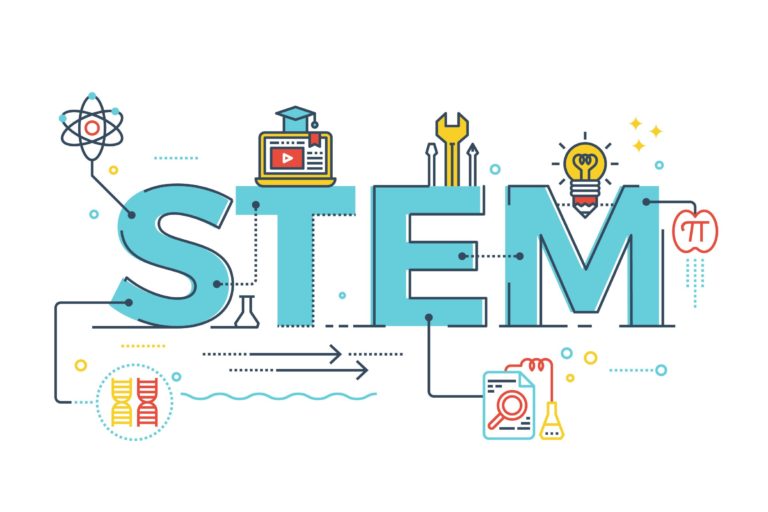As the summer days come to an end, it’s time to get busy planning a great back-to-school lesson, one that will really stand out and capture your students’ attention. A STEM (science, technology, engineering, and math) lesson is the perfect way to engage your students and bring your curriculum alive. By starting the year off with a STEM lesson, students will quickly learn to be logical thinkers who are able to answer complex questions, analyze data, and develop solutions for problems.
Implement All Components of a Great STEM Lesson
There are six characteristics that make up a great STEM lesson. Ideally, every STEM lesson should have each of the following components. Use these as a guideline to help you create your lesson. STEM lessons should:
- Focus on real-world issues
- Be guided by the engineering design process
- Be hands-on
- Promote collaboration
- Apply math and science concepts
- Have multiple correct solutions
Ensure You’re Crafting an Effective Lesson
When designing your back-to-school STEM lesson, there are a few questions that you can ask yourself to ensure that you’re crafting an effective lesson. Here are a few questions to ponder.
- Does this lesson identify a current real-world problem?
Your goal is to entice students with a real issue that they’ll want to learn more about and find a solution for. Think about current issues you’re having in school or your community and use these to attract students.
- Will the students be able to relate to this issue?
Choose an issue that you think your students are concerned about. The more they are able to relate to the issue, the more they’ll be invested in finding a solution.
- Does this issue have multiple correct solutions?
The key to an effective STEM lesson is that it must have various correct solutions. Students should be able to use their higher-order thinking skills to come up with different solutions that would all work effectively to solve the same problem.
Utilize Technology
Technology is another important component of a great STEM lesson. Students need to utilize technology in appropriate ways to help them throughout their quest to find an answer. Think about how your students can use it to help them in their research or as part of their design.
Planning for a back to school STEM lesson will help ensure that students have the skills and knowledge to partake in STEM lessons throughout the school year. Also, it’s important to remember that in an effective STEM learning environment, students may fail to solve their problem. Failure is OK, because students will learn from their mistakes and try again. Consider it a step in the right direction to discovering a new correct solution to the problem.




